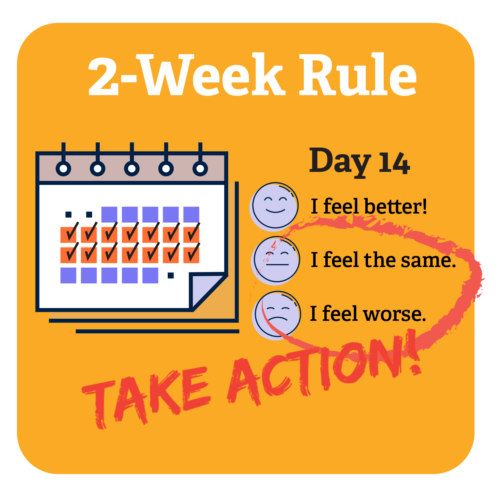Beloved singer and creator of the Margaritaville brand, Jimmy Buffett, passed away on September 1st after a 4 year battle with a rare skin cancer. The 76-year-old entertainer died from Merkel cell carcinoma which later metastasized into lymphoma. Less than 3,000 people are diagnosed with this rare skin cancer annually in the United States.
However, skin cancer is the most common form of cancer which affects one out of five Americans. It so important to know “your great” so you can recognize any subtle health changes.
By using the 3 Steps Detect action plan, it could help you catch skin cancer early while it is still treatable.
Some of the symptoms to look out for are as follows:
- Abnormal sore. Do you have a sore that just won’t heal? Sometimes we forget the source of cuts, sores, or bruises, but if you have a sore that won’t heal after weeks, go see your doctor. Sores that ooze, bleed, are scaly, or grow a bump need to be checked. Sometimes these sores may look like light scars or appear as an irritating area.
- Itching, numbness, or tingling. Skin cancer can affect the nerves which may cause itching, numbness, or tingling.
- Look in abnormal locations. Skin cancer can form on the palms of your hands and soles of your feet. You can even develop skin cancer in locations that aren’t exposed to the sun, such as genitals, underarms, scalp, and between toes and fingernails.
- Dark bruise. If you have a dark bruise, including under your fingernails or toenails that won’t go away, this could be a sign of melanoma.
- Pain. Pain on your skin accompanied by an unknown lesion, bruise, or sore that won’t go away.
You can also use the ABCDE rule to identify signs of skin cancer:
- A is for asymmetry. One half of a mole/birthmark doesn’t match the other.
- B is for border. Edges are irregular, ragged, notched, or blurred
- C is for color. The color of the mole/birthmark may include different shades of color, or patches of pink, red, white, or blue.
- D is for diameter. The spot is larger than ¼ inch, although melanomas may be smaller.
- E is for evolving. The mole changes in size, shape, or color.
If these symptoms persist for more than two weeks, be sure to contact your dermatologist or doctor.







